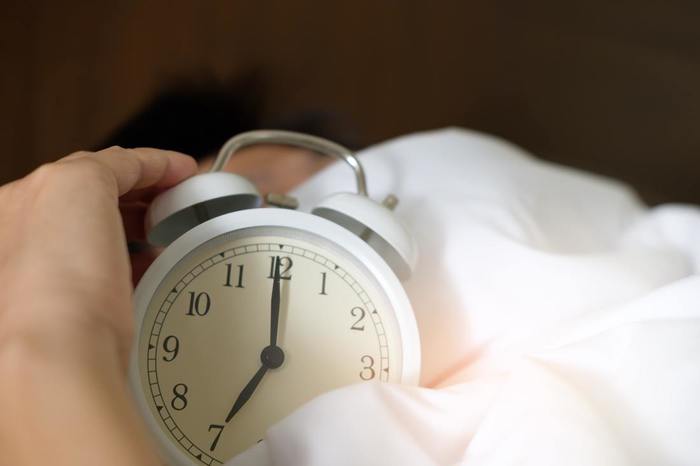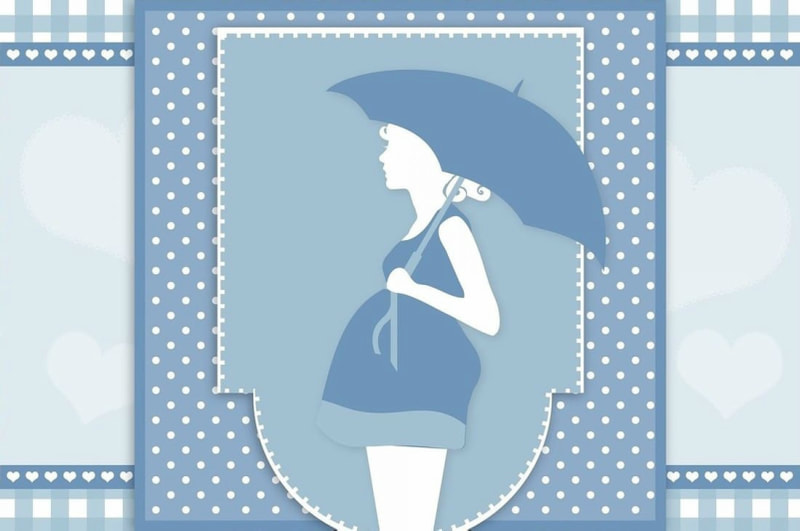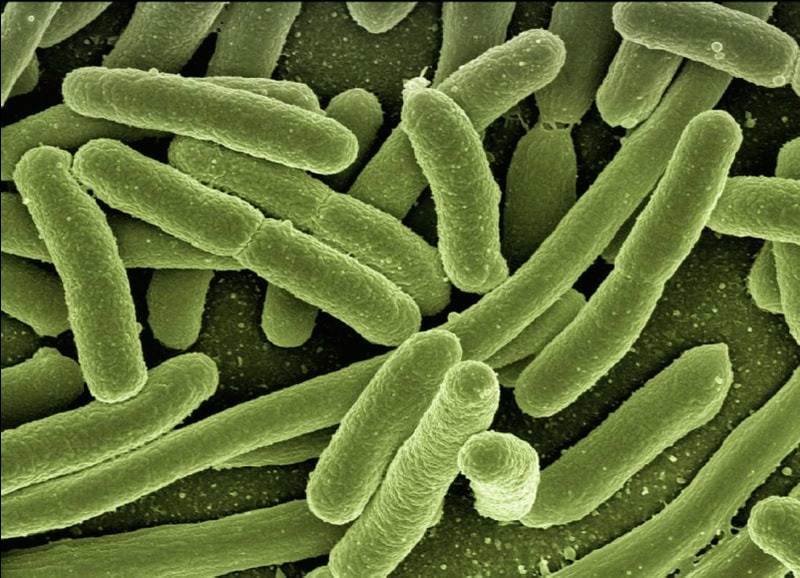High Risk of Death: A Warning Call for Night Owls
When discussing sleep schedule, people seem to draw a clear distinction between the morning and evening type. Those who identify as “morning larks” go to sleep and wake up early, feeling the most energized during daytime. Meanwhile, the “night owls” tend to reach their maximum energy level late at night and consequently find it difficult to wake up the next morning. The differences in individuals’ sleep patterns are due to the uniqueness of one’s circadian rhythm, an internal clock within the body that determines wakefulness and sleepiness. Both genetics and environment affect the circadian rhythm, with the latter playing a significant role in people who are subject to repeated routines of staying up late, such as college students and night shift workers. However, it may be time for those who lead the night owl lifestyle to make a conscientious effort to change their habits because a recent study has shown that night owls have a higher risk of mortality than morning larks.
Northwestern Medicine and University of Surrey in United Kingdom conducted research that tracked the health records of 502,642 individuals, ranging from ages 38 to 73, for a span of six and a half years. The participants identified themselves as a “definite morning type,” “moderate morning type,” “definite evening type,” or “moderate evening type” in the beginning of the study. After the study reached its completion, there was a total of 10,534 deaths due to all causes, from which the researchers drew the conclusion that “definite evening types” had a 10% higher risk of dying than morning types. In addition, evening types showed a greater association to developing additional health repercussions, such as diabetes and psychological (i.e. depression, mood disorders), neurological, gastrointestinal, and respiratory (i.e. asthma) disorders.
Northwestern Medicine and University of Surrey in United Kingdom conducted research that tracked the health records of 502,642 individuals, ranging from ages 38 to 73, for a span of six and a half years. The participants identified themselves as a “definite morning type,” “moderate morning type,” “definite evening type,” or “moderate evening type” in the beginning of the study. After the study reached its completion, there was a total of 10,534 deaths due to all causes, from which the researchers drew the conclusion that “definite evening types” had a 10% higher risk of dying than morning types. In addition, evening types showed a greater association to developing additional health repercussions, such as diabetes and psychological (i.e. depression, mood disorders), neurological, gastrointestinal, and respiratory (i.e. asthma) disorders.
Image Source: Acharaporn Kamornboonyarush
Since any potential dangers correlated to a night owl’s sleep pattern, scientists are encouraging change to take place both on microscopic and macroscopic scales. Some efforts individuals can make on their own are partaking in activities earlier in the day, adhering to a consistent bedtime, and refraining from use of electronics before bed. In such a technology-driven world, it is easy to lose track of time being on phones or computers before going to bed. However, this makes falling asleep difficult because light exposure delays the production of a hormone called melatonin, which induces sleep. Going to sleep later at night and having a shorter period of sleep reduce the amount of non-rapid eye movement sleep (NREM) that constitutes a major part of the sleep cycle earlier in the night. When in the NREM stage, an individual experiences deep slumber, during which brain activity, heart rate, and breathing rate decrease. Having less NREM sleep can cause one to feel unrested the following morning.
However, one’s long-established circadian rhythm cannot change overnight. Night owls may find it nearly impossible to transform into a morning lark because their bodies are biologically geared to prefer night over morning. This is where society can initiate changes that can help people adopt a healthier lifestyle, scientists say. For example, co-lead author of the study, Kristen Knutson, suggests changing shift hours to accommodate an individual’s sleep pattern so that people who tend to sleep later do not have to wake up for the conventional 8 am to 5 pm work day.
An online assessment from Howard Hughes Medical Institute allows individuals to learn more about their personal sleeping types. Being knowledgeable of one’s own biological predilection can aid in making healthy choices, whether that be maintaining a regular routine or adjusting one’s schedule.
However, one’s long-established circadian rhythm cannot change overnight. Night owls may find it nearly impossible to transform into a morning lark because their bodies are biologically geared to prefer night over morning. This is where society can initiate changes that can help people adopt a healthier lifestyle, scientists say. For example, co-lead author of the study, Kristen Knutson, suggests changing shift hours to accommodate an individual’s sleep pattern so that people who tend to sleep later do not have to wake up for the conventional 8 am to 5 pm work day.
An online assessment from Howard Hughes Medical Institute allows individuals to learn more about their personal sleeping types. Being knowledgeable of one’s own biological predilection can aid in making healthy choices, whether that be maintaining a regular routine or adjusting one’s schedule.
Featured Image Source: Negative Space
RELATED ARTICLES
|
Vertical Divider
|
Vertical Divider
|
Vertical Divider
|






